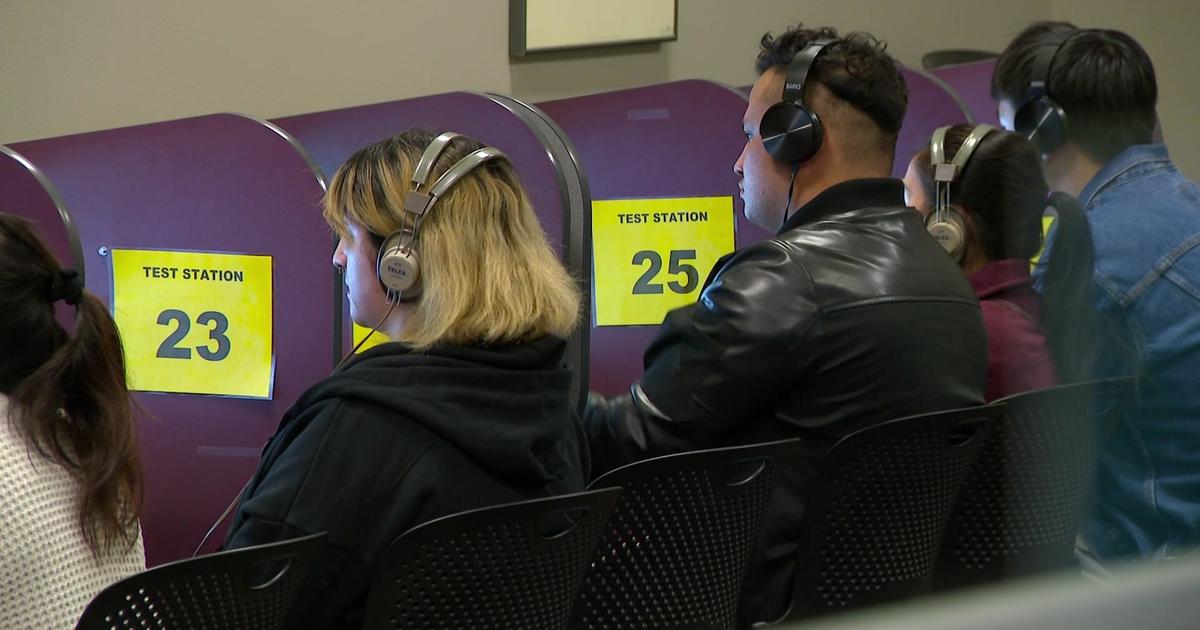How are lane line colors chosen? And what's done to make sure they're visible?
MINNEAPOLIS – Our start to winter weather has included several troublesome commutes.
Rochelle from Blaine and Doug from Victoria both wondered why lane lines are painted white, making them especially hard to see during heavy snowfalls.
That led us to ask: How are lane line colors chosen? And what's done to make sure they're visible?
Commutes with caution have been plentiful over the past few weeks. It's a standard, but stressful experience this time of year, partly because the painted stripes that guide drivers disappear in the snow.
Ethan Peterson, the pavement marking and crashworthy engineer with the Minnesota Department of Transportation, understands the frustration some drivers have with the struggle to see lane lines in winter.
Why are yellow and white the colors used most for lane lines?
"The best answer is uniformity throughout the whole United States," said Peterson.
Lane line colors are federally mandated through the Manual on Uniform Traffic Control Devices. While there was no specific reason listed in the manual, or in history books, Peterson believes the two colors were picked because they have high visibility, especially on dark pavement like asphalt.
When are the colors supposed to be used? White separates lanes moving in the same direction and shows the right edge of the road.
Yellow separates lanes moving in the opposite direction, like the middle line on a two-way highway, and shows the left edge of the road.
Several other colors are allowed but have their own rules. Red can be used for dedicated transit ways like bus lanes or one-way roads.
Blue is used for parking spots for people with disabilities.
Purple is used for toll roads.
Most recently, green has started to be used for bike lanes.
Black can also be used as a means of helping other colors stand out, such as a border around a white lane line on light-colored roads.
What's the life expectancy of painting a lane line?
"It's a good question," said Peterson. "It depends solely pretty much on the material and how it's installed. In Minnesota, we grind in a lot of our pavement markings to extend the lifespan."
That means the lane lines are painted a few millimeters below the surface of the road, out of reach from plow blades that could scrape them up. Peterson said the paint wouldn't last more than a year if it was on the surface instead of on the lower, "grooved" portion of the pavement.
"With grooving, we have extended the life of latex [paint] to about three years, and then with epoxy markings you can look for about five to seven years," he said.
The paint used for lane lines has "retro-reflective beads" in it. It's like metallic dust that helps the paint reflect better under headlights, even when roads are wet.





